The Syrian flag stands as a dynamic emblem of the nation’s rich history and progressive spirit and encapsulates Syria’s evolving narrative, strength, and hopes of its citizens.
Its design invites a closer examination of its elements, unraveling the historical and cultural layers embedded by highlighting Syria’s historical path as it charts a course for its future.
Flag of Syria
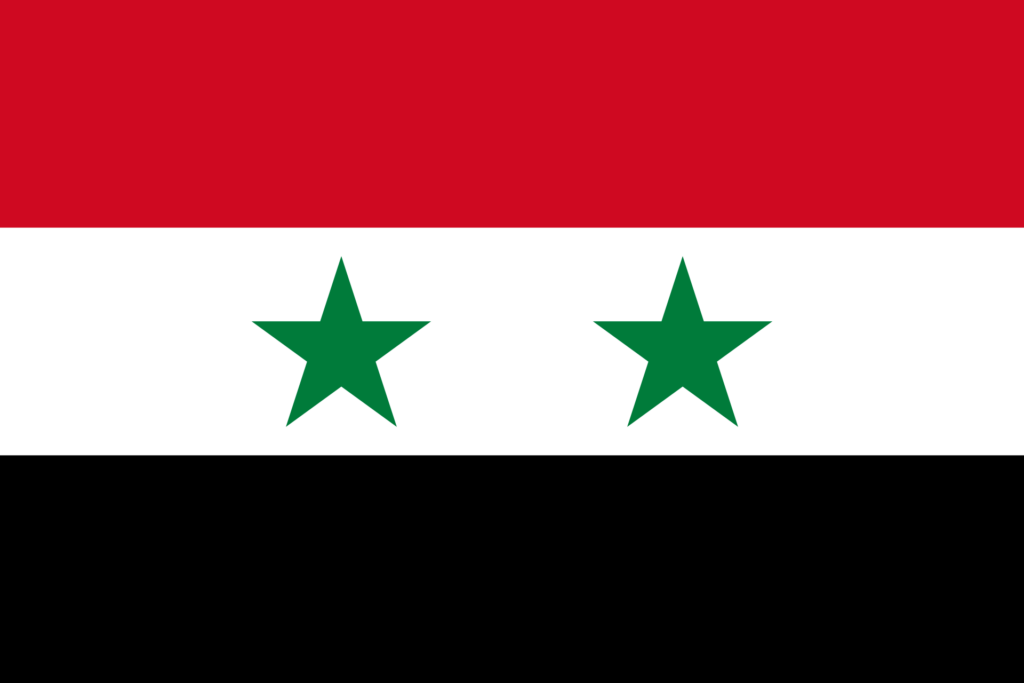
The Syrian flag boasts a distinct horizontal tricolor layout with two green stars centered on the white band. This configuration is more than just a national emblem; it’s a nod to historical unions and the collective spirit of the region.
The green stars on the flag are particularly symbolic, reflecting key moments in Syria’s history and its connections within the broader Arab world.
Flag of Syria: Color Palette
Syria Flag Map
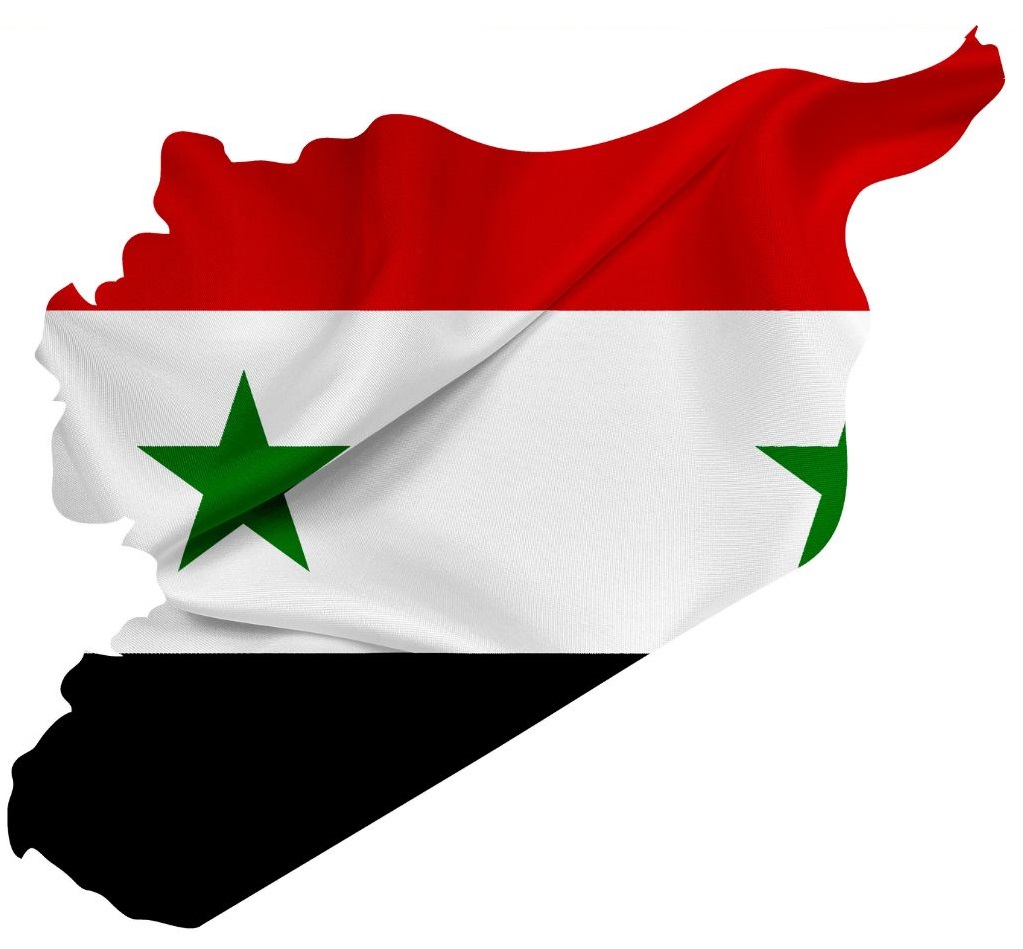
Syria Flag Emoji: 🇸🇾
The Syrian flag’s color palette, with its vibrant tricolor scheme and distinctive green stars, is emblematic, chosen to reflect the nation’s foundational values and rich history, deeply rooted in its geographical position at the heart of the Middle East.
Each color and symbol is significant, inviting a closer look into their meanings and the collective narrative they weave, echoing Syria’s strategic and cultural crossroads in the region.
Meaning of Each Color
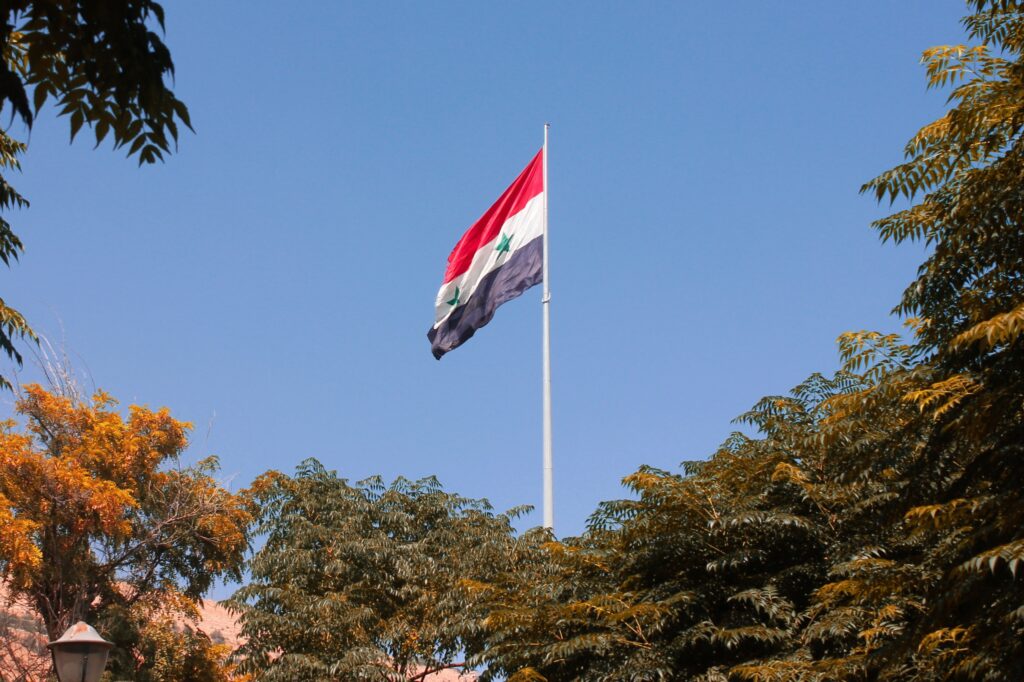
Red
The red stripe at the top of the Syrian flag harks back to the Hashemite dynasty, symbolizing the bloodshed and sacrifices made in the struggle for freedom.
This color is deeply interwoven with the region’s history of liberation efforts, reflecting the valor and resilience of those who fought for their country’s independence.
White
The central white band stands for the Umayyad dynasty, known for its significant contributions to the expansion and cultural development of the Arab world.
White symbolizes a bright and peaceful future, embodying the nation’s aspirations for harmony and prosperity amidst its tumultuous history.
Green
The two green stars on the white band represent Syria and Egypt, marking the countries’ union in the United Arab Republic.
Green has ties to the Fatimid dynasty or the Rashidun caliphs, suggesting a reverence for the historical Islamic caliphates and their unity and growth for the Arab nations.
Black
The bottom stripe of black echoes the Abbasid dynasty, symbolizing strong rule and governance. This color reflects the period of intellectual and cultural flourishing under the Abbasids, highlighting the profound impact of their leadership on the Arab world and Islamic civilization.
Syria’s Coat of Arms
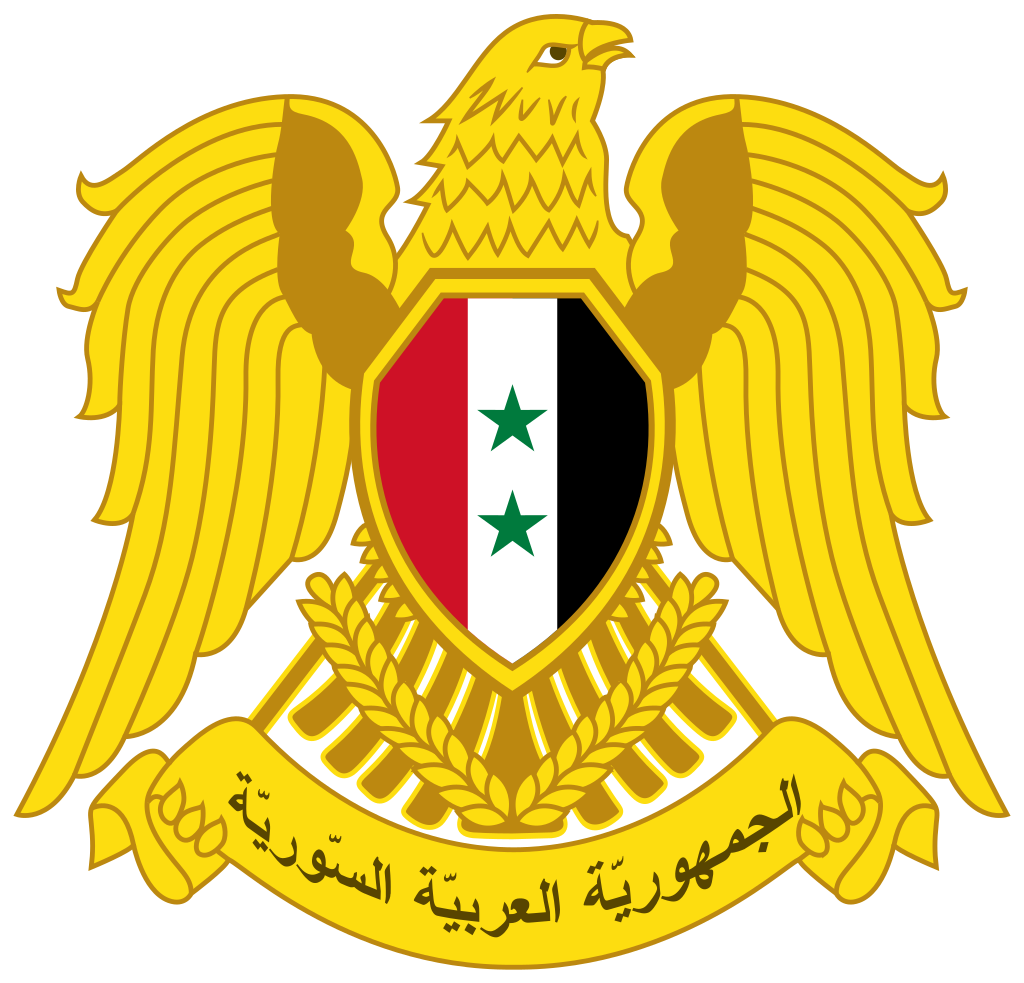
Syria’s coat of arms, established in 1980, weaves a national pride and heritage narrative. At its core, this emblem features:
- Hawk of Quraish: This majestic bird, perched prominently, symbolizes strength and nobility, reflecting Syria’s leadership and the revered lineage within the Arab tradition.
- Shield: Emblazoned with the Syrian flag, the shield divides into three vertical bands of red, white, and black, each color narrating a chapter of Syria’s struggle, aspirations, and resilience.
- Green Scroll: Clutched in the hawk’s talons, the scroll proclaims “Syrian Arab Republic” in Arabic, anchoring the national identity and sovereignty emblem.
This emblematic design encapsulates Syria’s enduring spirit, rich history, and forward-looking aspirations, serving as a beacon of national unity and pride.
Historical Evolution and the Meaning Behind Changes
The flag of Syria has undergone significant transformations, reflecting the country’s political and historical shifts.
Initially, during the Arab Revolt against the Ottoman Empire in 1916, the flag introduced was a horizontal tricolor of black, green, and white with a red triangle at the hoist. Each color represented a dynasty in Arab history: black for the Abbasids, green for the Fatimids, white for the Umayyads, and red for the Hashemites.
Post World War I, as Syria came under French mandate, the flag saw changes but maintained elements of the Revolt’s flag to symbolize continued aspirations for independence.
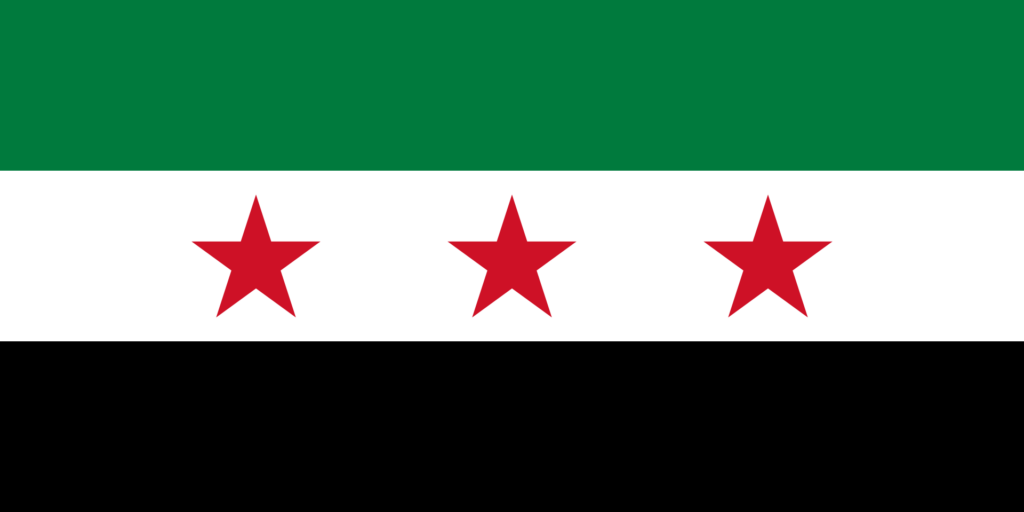
In 1958, Syria’s union with Egypt to form the United Arab Republic marked a significant change, adopting a new flag with three horizontal bands of red, white, and black and two green stars representing the two states.
However, the union dissolved in 1961, and Syria briefly reverted to a previous flag before adopting a variation of the UAR flag with the same color scheme but different symbolism. The two green stars now represented Syria and Egypt, emphasizing continued commitment.
In 1980, amidst further political changes and the rise of the Ba’ath Party, Syria readopted the flag used during the UAR period, which remains today.
The core elements have persisted throughout these changes, echoing the enduring themes of Arab nationalism, struggle, and hope for a peaceful and prosperous future. Each iteration of the flag reflects a chapter in Syria’s ongoing narrative, marking periods of unity, division, conflict, and resilience.
Overall Symbolic Meaning of the Flag
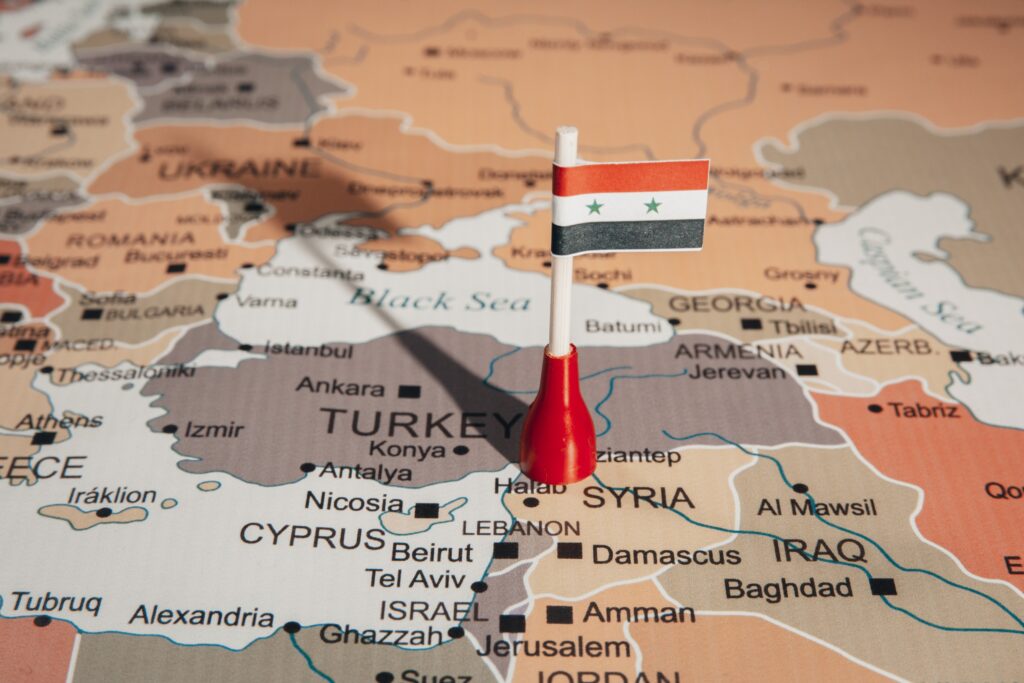
The Syrian flag stands as a beacon of the nation’s enduring legacy and forward-looking ethos, uniting historical reverence with hopes for the future.
It symbolizes the resilience and harmony of the Syrian people, reflecting their collective journey through times of challenge and their unwavering spirit.
Similar Flags to the Flag of Syria
The Syrian flag, with its distinct horizontal stripes and stars, shares similarities with a few other national flags, reflecting historical connections and ideological affiliations:
Iraq
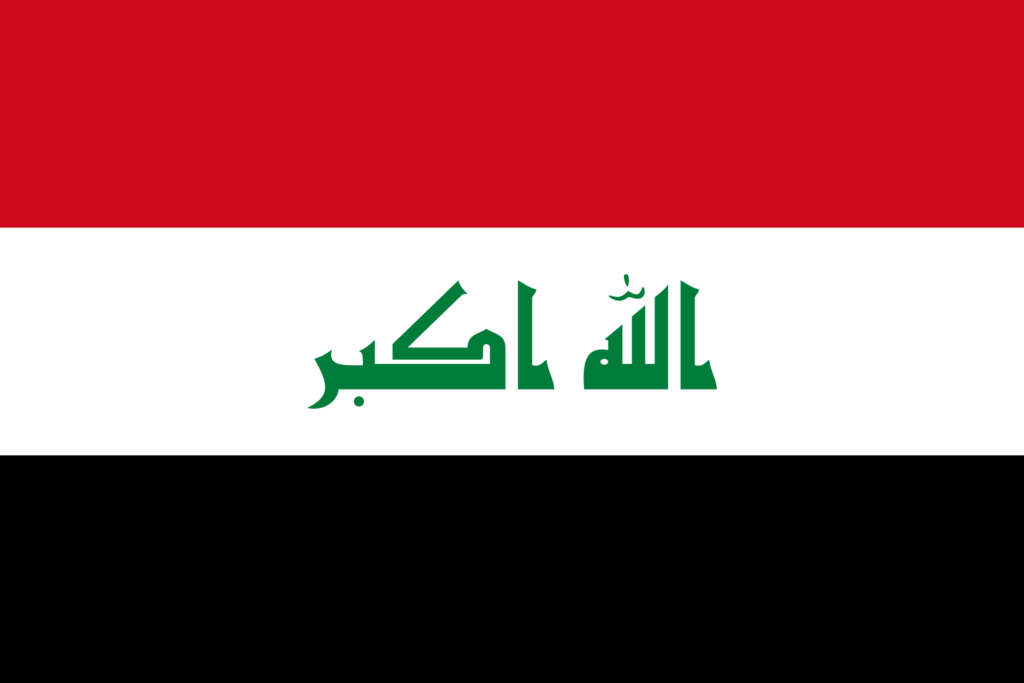
Iraq’s flag also features the pan-Arab colors of red, white, black, and green, symbolizing the shared Arab heritage and the unity among Arab nations. The design has evolved, but the color scheme remains a testament to these shared cultural and historical ties.
Egypt
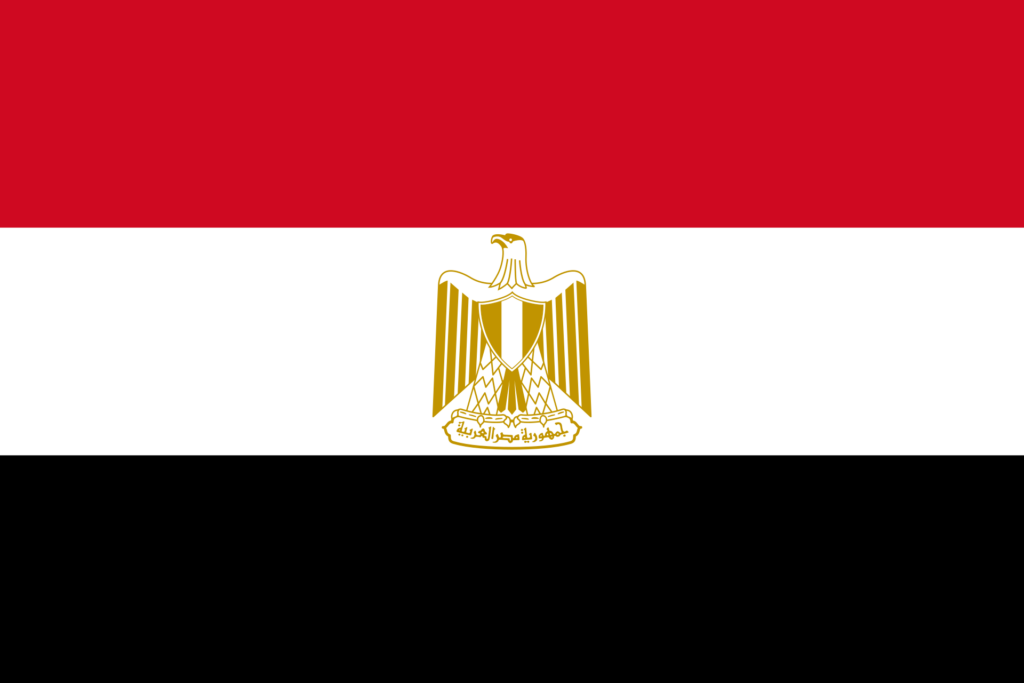
The flag of Egypt, consisting of red, white, and black horizontal stripes, echoes the pan-Arab colors.
The similarity to the Syrian flag is rooted in their joint history, especially during the period of the United Arab Republic when both nations sought political union and adopted a common flag design.
Yemen

Yemen’s flag, another variation with the same pan-Arab colors, features horizontal stripes without any stars.
The resemblance among these flags highlights the broader Arab nationalist movement that swept through the region in the 20th century, advocating for unity and independence from colonial rule.
Final Thoughts
The Syrian flag’s colors weave a compelling narrative of endurance, solidarity, and optimism, standing distinctively in the global array of national symbols.
For the citizens of Syria, this flag represents a profound emblem of collective identity and an enduring beacon of their communal heritage and future ambitions.
Image Sources and Copyright Information
- Syrian Flag Waving Against Blue Sky: © Tarek Alfarawati/Shutterstock
- Flag Pin on Syria Location Map: © GR.Stocks/Shutterstock